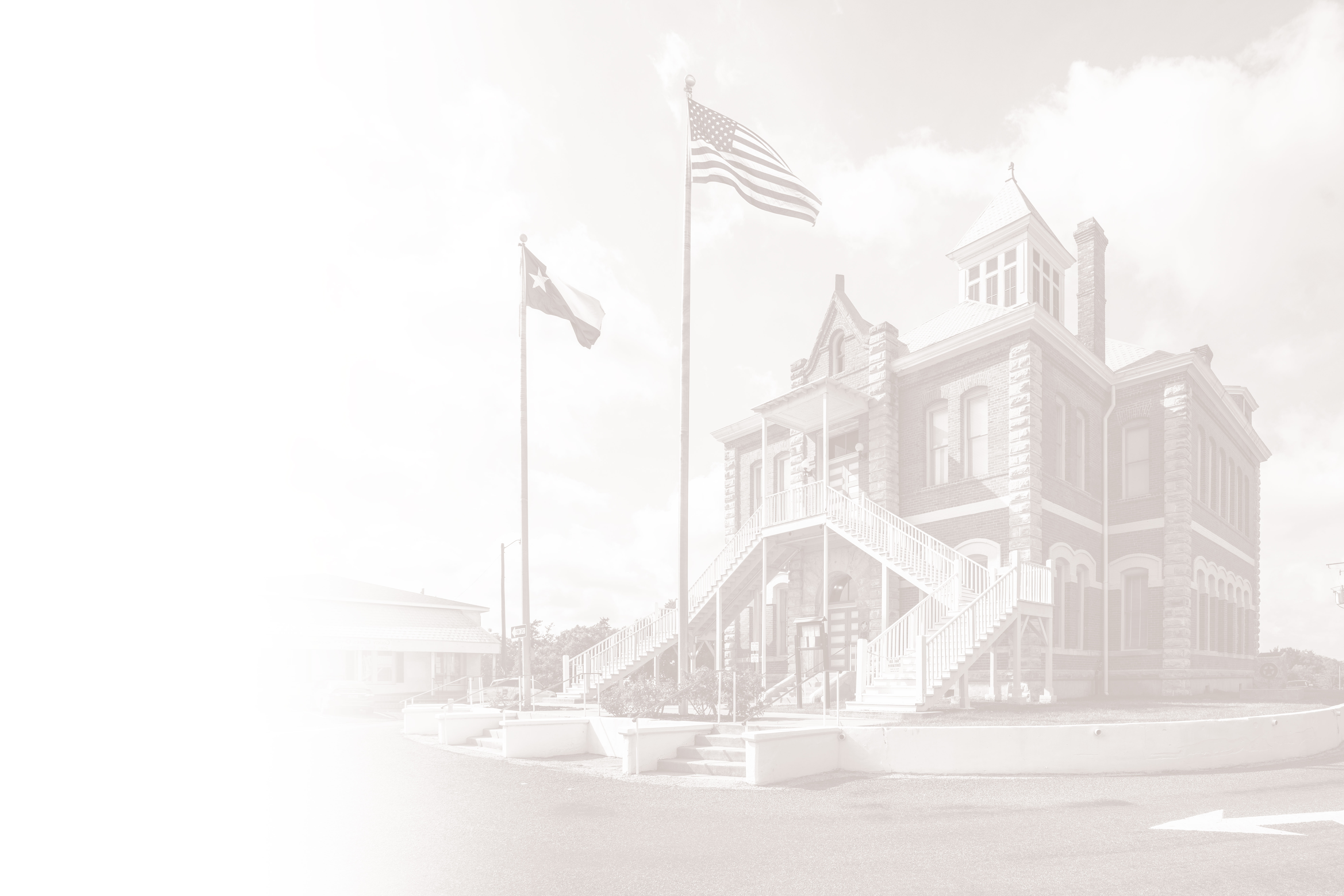History of the Plantation
Born in Georgia in the early 1790s, Levi Jordan along with his wife, Sarah Stone Jordan, previously owned adjoining plantations on the Louisiana-Arkansas border with their son-in-law, James Campbell McNeill and daughter Emily. Frustrated these plantations were not doing well, Jordan looked toward undeveloped lands in southeast Texas to start fresh.
In 1848, Jordan purchased a half-league (2,214 acres) of mostly uncleared woods and prairie in Brazoria County. The transaction was made with Samuel May Williams, one of Stephen F. Austin’s personal assistants. Jordan traveled to Texas with approximately 12 enslaved workers to begin developing the plantation. Jordan broke ground for his family’s future home and business in the Four Forks area on the San Bernard River, near the present-day town of Brazoria.
Over the next five years, Jordan and McNeill oversaw their enslaved laborers build the main house, cisterns, smokehouse, servants’ quarters, kitchen, privy, overseer’s house, brick sugar-house, quarters for the enslaved, and a large sugar mill with six-foot rollers.
Starting in 1853, Jordan constructed a two-story plantation house from yellow long-leaf pine lumber that was carried by ship from Florida, transferred to barges, and then towed up the San Bernard River. Construction took 12 to 18 months, and enslaved laborers hand-hewed the sills and studs of the house from local oaks. They also dug clay from local sources near springs, creeks, and the river to mold bricks to build fireplaces. The clay bricks were then fired in kilns that were likely located near the house and sugar mill. Construction of the home was completed around 1857.
Between 1852-58, Jordan cultivated two sugar crops, and by 1860, according to the census, he had real property valued at $69,200, personal property valued at $130,740, and 134 enslaved people. The plantation was comprised of 600 improved acres, produced 3,000 bushels of corn, 77 bales of cotton, and 193 hogshead of sugar.
Emancipation And Cotton
Following Emancipation in 1865, plantation owners had to begin paying for labor that they had previously exploited under slavery. Sugar production required a large labor force and with the end of slavery it became unsustainable. This allowed cotton production to increase. Jordan and his descendants converted their land into mostly a cotton plantation and employed many of the formerly enslaved workers as wage workers and sharecroppers.
Jordan died on February 3, 1873 aboard the steamer George W. Thomas at Christmas Point, located in the southwestern portion of Galveston Bay. He left the plantation to his grandson, William “Archie” McNeill, who managed it until his death in 1879. The Brazoria County court then divided the land among family members. Jordan’s daughter (and mother of Archie), Emily Jordan McNeill, inherited the northern half of the plantation acreage, while Archie’s brothers received a third of the property. The last third went to the children of Archie’s other sister, Ann McNeill Martin, who eventually received their grandmother’s acreage and the plantation house in 1884.
The Martin family, then owning the majority of the plantation, brought an end to the African American community and cotton production at Levi Jordan Plantation in 1892 when they shifted their interests to raising cattle. One of the grandsons, McWillie Martin, moved into the house with his family in 1894 and the rest of the property was given to his descendants.
Preservation of the Plantation
Today, the Levi Jordan Plantation State Historic Site consists of 92 of the plantation’s original 2,214 acres. It was acquired by Jordan family members, who then sold the site to the Texas Parks and Wildlife Department in 2002. It was later transferred to the Texas Historical Commission (THC) in 2007.
The THC prioritized stabilizing and restoring the plantation house. Preservation of the house began in 2011 and was completed in 2020. This included stabilization, remodeling, and reconstruction of the front porch. Two new buildings—the visitor center/archeology lab and the education center—were completed in 2021.
The visitor center houses temporary exhibits along with archeological findings from the site over the years. Visitors also have the opportunity to get a behind-the-scenes glimpse into the daily work necessary to archive and preserve archeological and historical artifacts at the archeology lab.
The education center features dorms, a kitchen, and classroom. The dorms are not available for the public.
Archeology
Archeological investigations at the plantation began in 1986 and continue today. Over 600,000 artifacts have been uncovered at the site. These findings provide tangible evidence of the plantation and its inhabitants over the years. The archeology lab and other public programming at the site are intended to bring their stories to light and provide a better understanding of plantation life in Texas.
